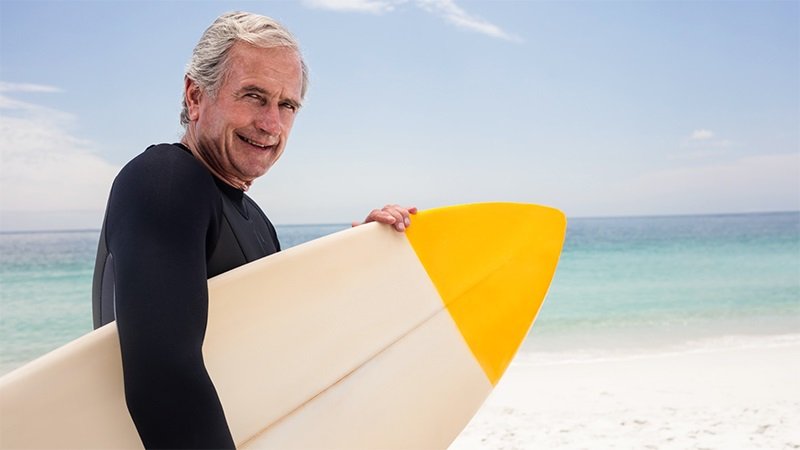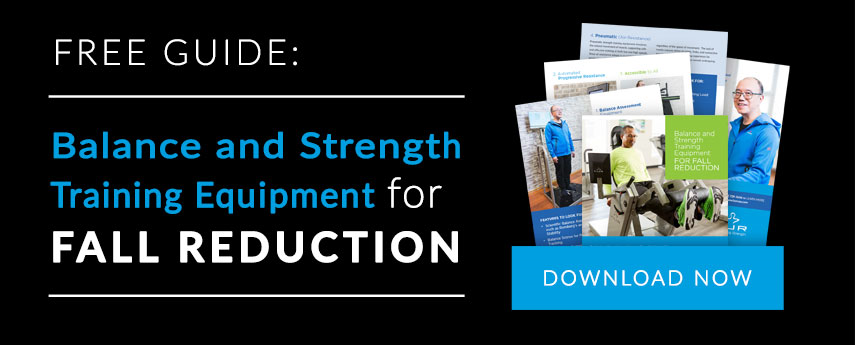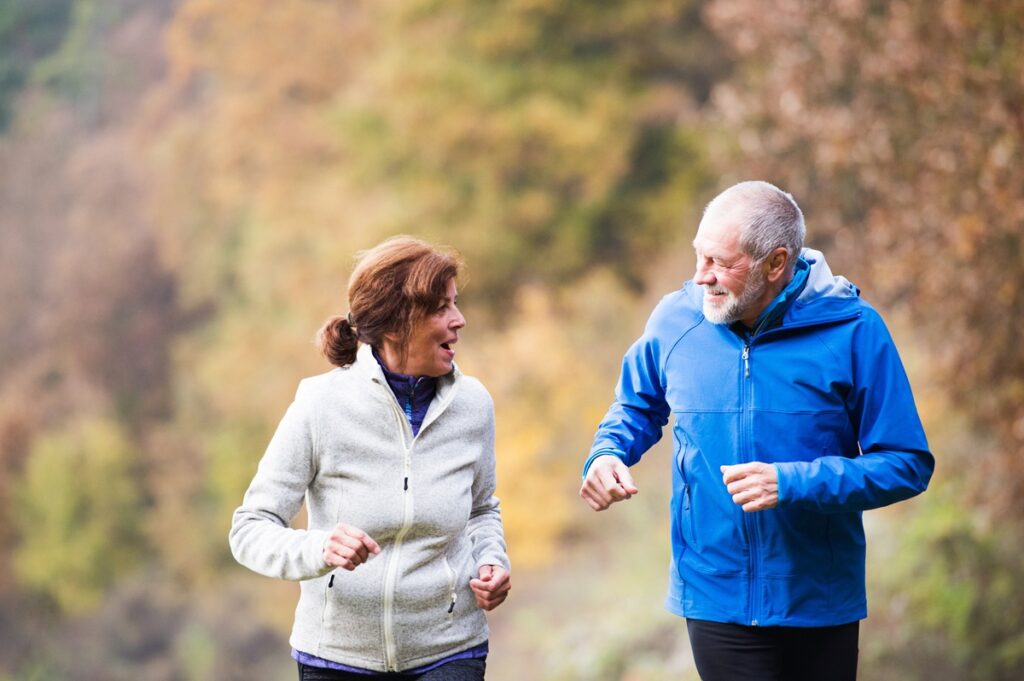How Fall Prevention Integrates with Whole-Person Wellness
As we age, our risk of injury from a fall increases dramatically. Falls can happen for any number of reasons including injury, visual difficulties, illness, cognitive impairment, or as a side effects of medication. But, often falls happen to otherwise healthy adults during normal day-to-day activities like bending over to tie a shoe, or stepping over an obstacle on the floor.
Unfortunately, falls cannot be entirely prevented. But, they can be effectively managed when integrated into a wellness plan that's focused on whole-person health. This means equipping seniors with exercises for reducing their risk of falling and strategies for knowing how to react in a way that minimizes injury if they do fall.
The overarching goal of a fall prevention program is to build feelings of security, safety, and confidence in the knowledge of one’s own physical abilities and limitations. When older adults feel knowledgeable and in control, they are more likely to participate in fall prevention exercises. In other words, the first step in fall prevention is to help seniors understand their current fall risk and offer a concrete plan for decreasing that risk in realistic, measurable ways.
It’s no surprise that building strength and flexibility is key to fall management.
For example, consider the simple task of tying your shoes. Having enough strength and range of motion to lift one leg up while seated and place it across the other knee has the simple effect of bringing an untied shoe closer to your hands without having to bend over. In rehabilitation programs, physical therapists train patients to perform exercises that build up their physical capabilities to prevent future falls. But, these same principles can be integrated into a whole-person wellness plan that helps prevent falls in the first place.
The following 5 Principles start from the idea that building strength and flexibility are foundational to fall management.
5 Principles for Building Strength and Flexibility
1. Core Strength and Stability
Unless you’ve had a recent fall, it’s easy to take for granted the variety of muscles that are involved in keeping us upright. But, the muscles in our core impact the way we move through pretty much every activity throughout the day. This is why core strength is foundational to remaining active and independent for as long as possible.
As the central linking point between the lower and upper body, core muscle strength affects how we lift, reach, turn, and bend. Walking across a room, swinging a golf club, playing with grandchildren, shoveling a driveway, or pushing a shopping cart - of these activities require core stability. Weak core strength can lead to a forward flexed posture, a condition that’s been linked to poor balance and an increased risk of falls. If core muscles are allowed to further deteriorate and weaken, just standing up straight becomes a challenge, and a fall becomes almost inevitable.
In the gym, there’s nothing more effective for seniors than a core strengthening program that includes the HUR SmartBalance and Dual-Functioning Abdomen and Back Extension. Engineered specifically for older adults, both machines use HUR SmartTouch technology to deliver an exceptionally safe and effective workout.
Outside the gym, these are 5 of the most effective exercises for strengthening the muscles in the core.
2. Good Posture
The ability to maintain good posture is critical to balance. “Posture” refers to biomechanical alignment (how alignment affects movement) as well as the orientation of the body to the environment.
The stereotypical “bent over” posture associated with old age occurs because of the body’s adaption to a lifetime of poor posture. Injuries and age cause the joints to stiffen and the muscles to tighten. As posture becomes more bent forward the muscles must work harder to keep the body balanced, which makes the muscles progressively tighter. Likewise, older adults who seem to “shuffle” rather than walk are compensating for poor balance and posture. They take shorter strides, have a wider gait, and tend to look at the floor to try to avoid tripping.
Fall prevention programs should include activities that encourage an erect spine with shoulders back, facilitate deep breathing, and improve environmental orientation. Working on posture, such as sitting up straight in a chair and tightening the abs can strengthen key muscles groups and help create a more normal walking gait.
3. Symmetrical Sitting and Standing
Many older adults with a fear of falling get into the habit of standing in a forward-leaning position as if they were anticipating a fall. Yet, many falls occur in a lateral direction as the result of having to lean to one side, standing in a position where one hip is higher than the other, or while moving between sitting and standing. When muscles aren’t strong enough to support positions in which weight is unequally distributed, it’s easy to become off-balance and fall.
In addition to building core strength, fall prevention programs should include activities that build strength in the gluts and legs, muscle groups that help keep us stable in situations where our weight is not equally distributed.
4. Reactive Postural and Stability Adjustments
Day to day functional activities requires the ability to quickly adjust posture while remaining stable and in control. But many older adults have difficulty integrating quick balance adjustments into ongoing movements such as walking, lifting, or carrying objects. For example, having to quickly step off a curb while walking down a sidewalk to avoid a child on a skateboard. Or, quickly changing direction while carrying a bag of groceries to avoid an oncoming car. This inability to stabilize the body during and after reactive movements is a major contributor to falls.
Equally important is the ability to remain stable in response to unexpected sensory environmental changes such as the lights in the room suddenly going out. Functional training that strengthens our ability to react to our environment includes exercises that support reaching, lifting, throwing, or moving through an obstacle course. It’s especially important that exercises are not repetitive; rather, they should vary in the speed of task completion, complexity, and the type of environmental demands.
5. Flexibility and Strength
Our bodies need to move, and functional training, stretching, and strength training are most effective in preventing falls when they work together. Stretching is especially effective when it’s part of a holistic training plan that also involves additional balance training, strength training, and cardio exercises.
As we age, all of us lose some of the functionality we enjoyed in our younger years. Muscles become shorter and less elastic, joints weaken, and our range of motion narrows. In addition, muscle strength gradually decreases and joint tendons and ligaments lose their flexibility, resulting in limited range of motion. All of these factors can contribute to an increased risk of falling. But, we know that age-related muscle loss can be minimized by resistance training, as can the effects of bone-related disorders, such as osteoarthritis and osteoporosis.
Along with balance and strength training, research shows that flexibility and a wide range of motion are critical to creating stability and preventing falls. It’s particularly important to improve and retain flexibility in the quadriceps and hamstrings as well as mobility of the hip joints. These muscles and joints, along with strength in the lumbar spine, directly affect static balance, our ability to balance when standing still, and dynamic balance, our ability to balance while moving.
A good fall prevention program is about helping a person perform the actions of daily life in a safe and efficient way. It’s about building strength and mobility in ways that directly impact what we do outside the gym, in our daily lives. Regular strength training and exercises such as tai chi, Pilates, water therapy, yoga, walking, and biking, keep muscles, bones, and joints strong and pliable so that older adults can fill their days with the things they love the most.







